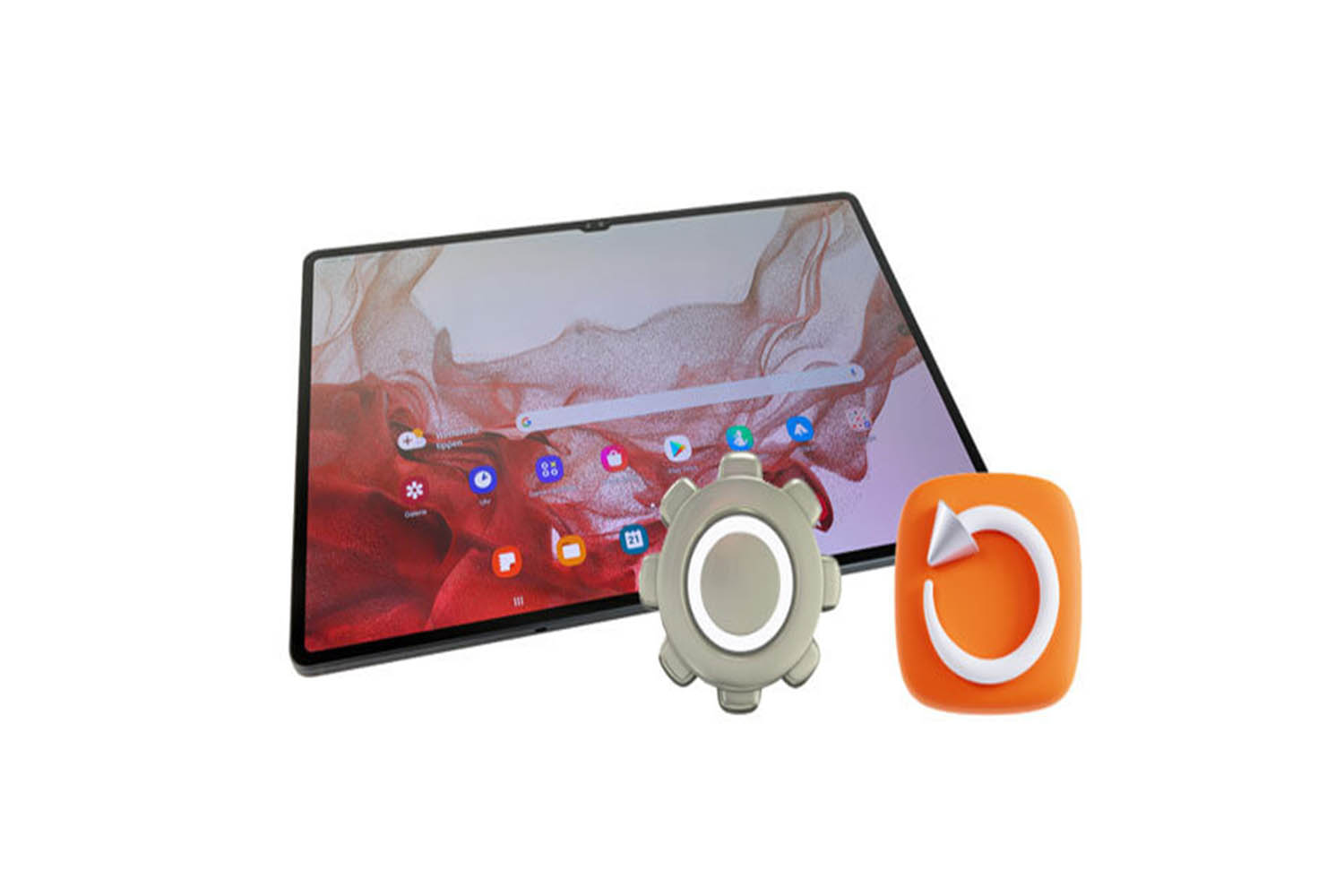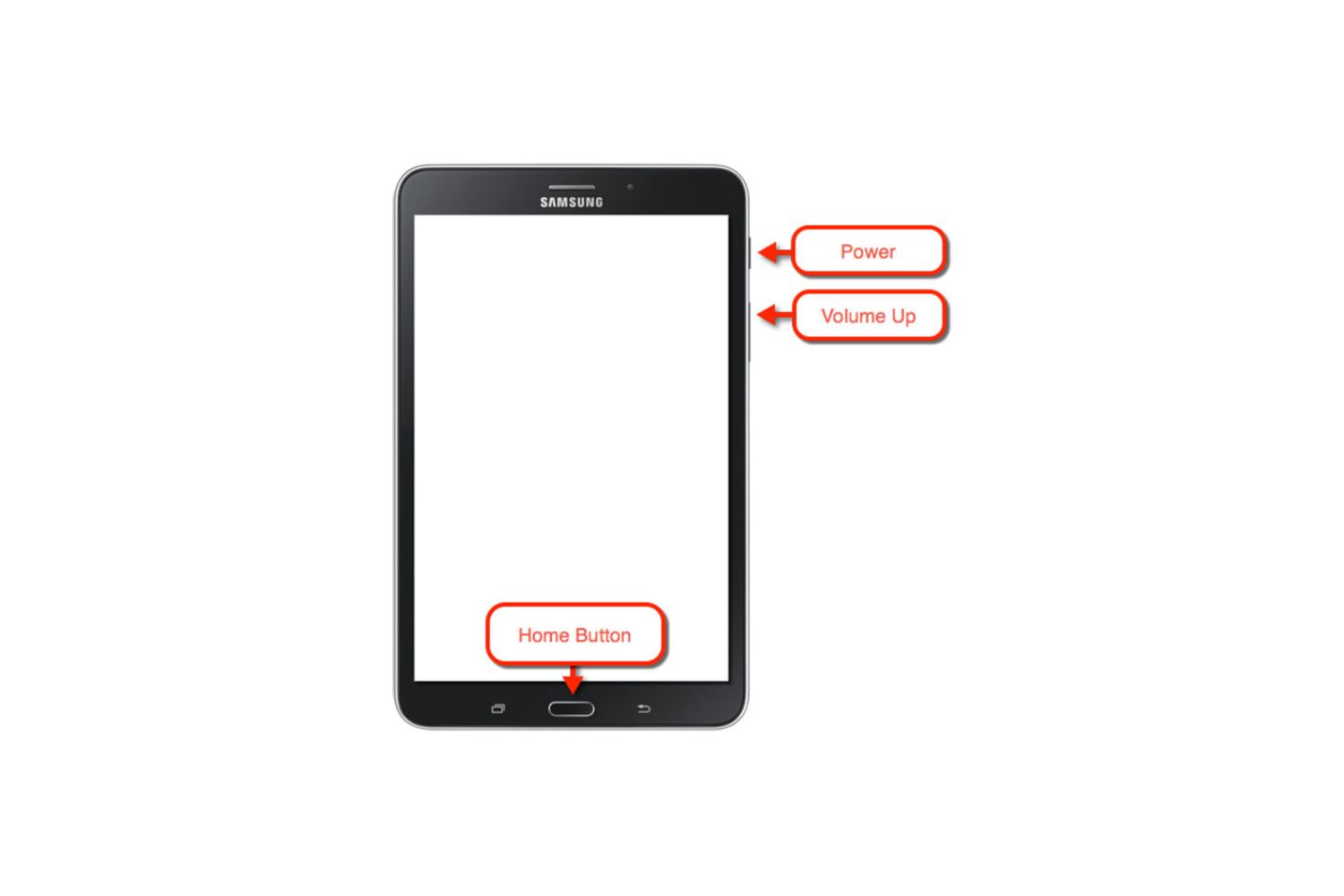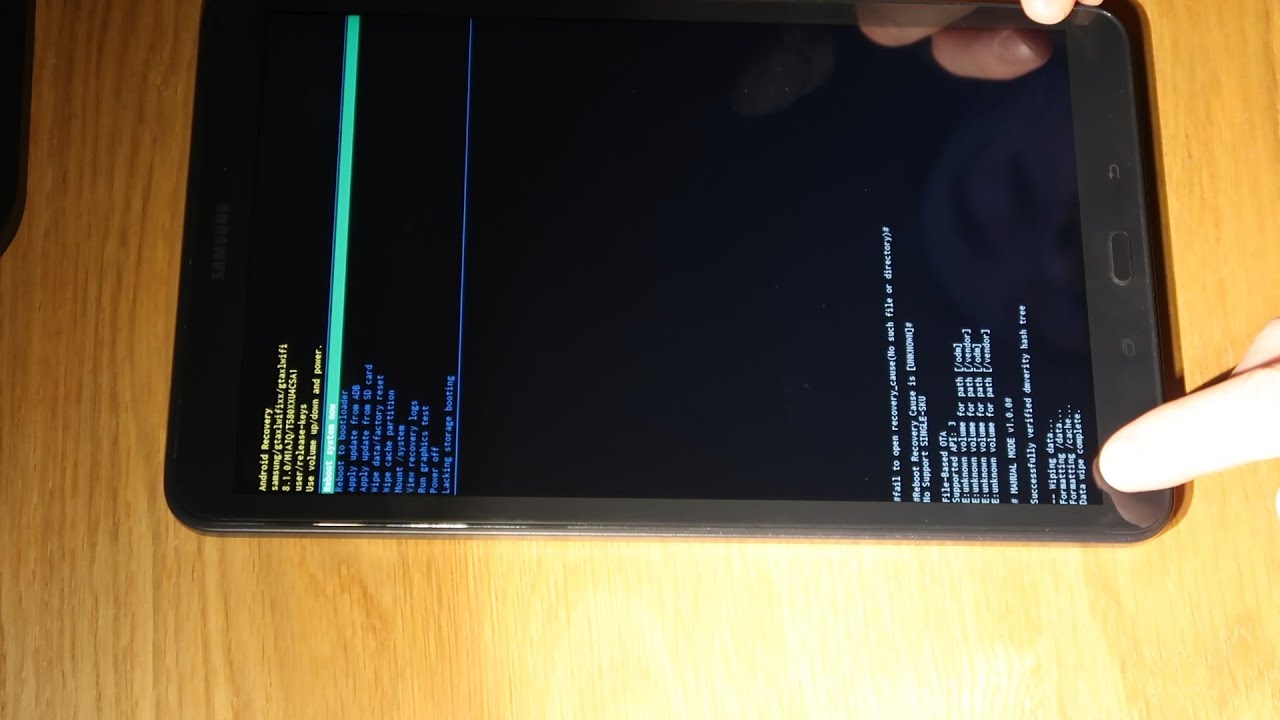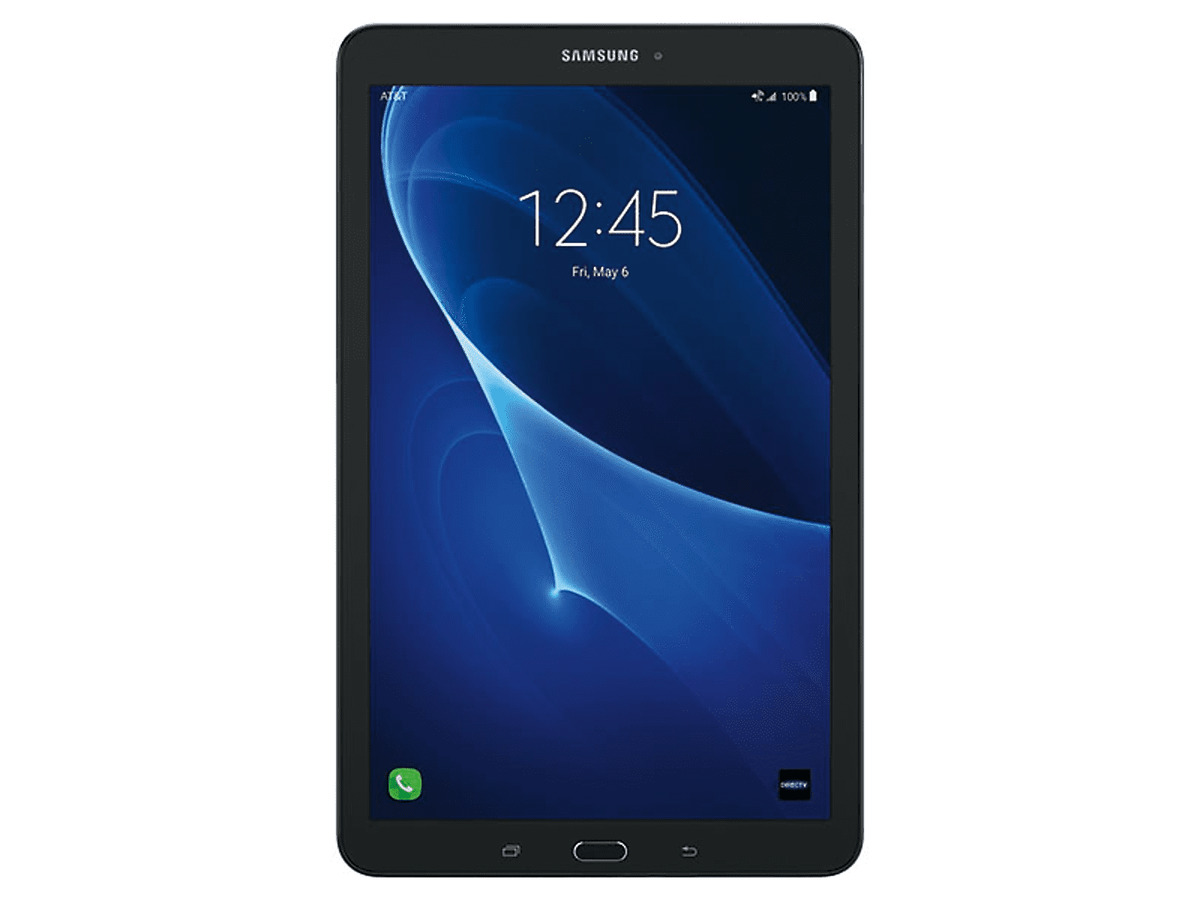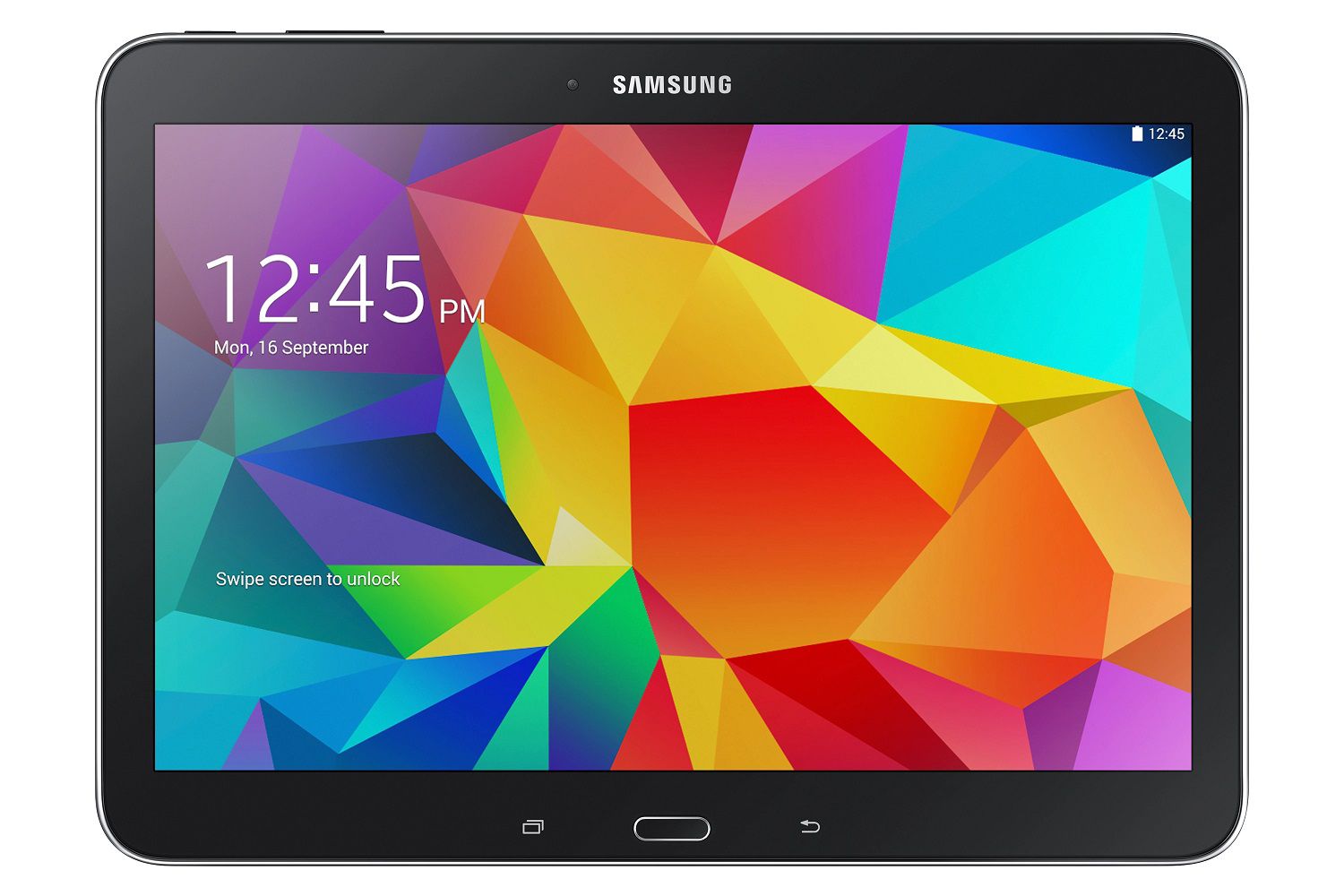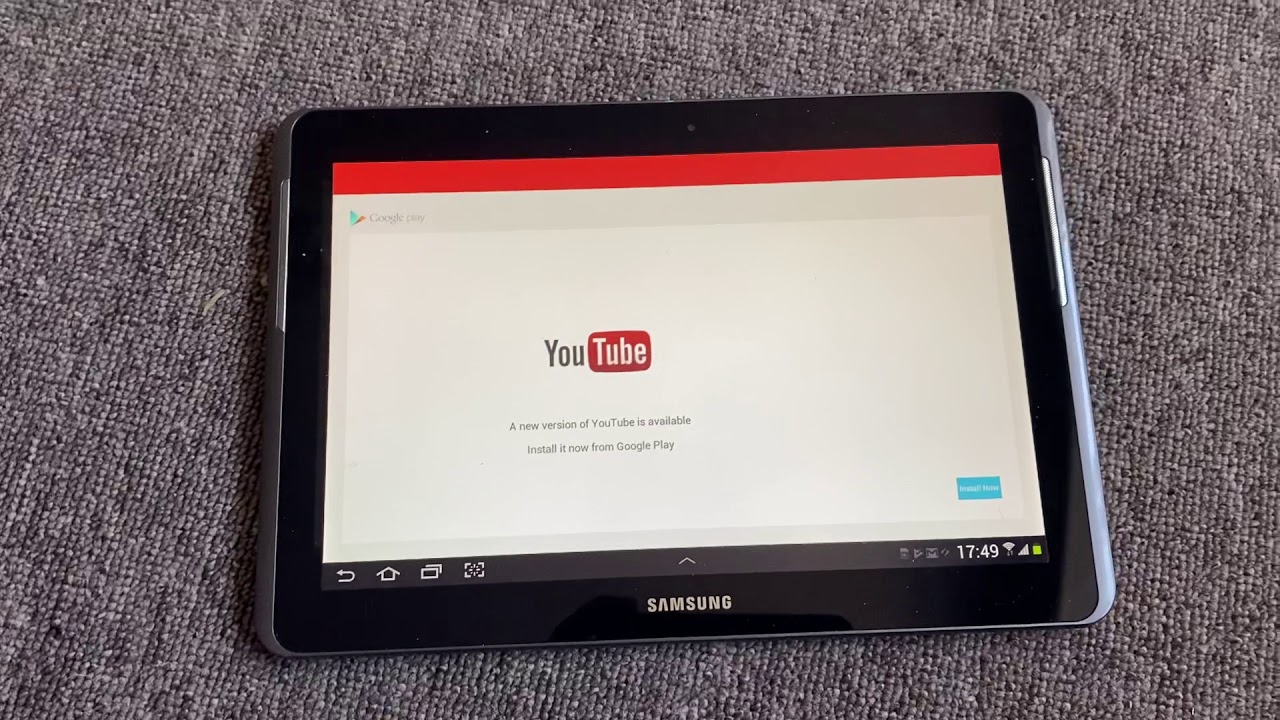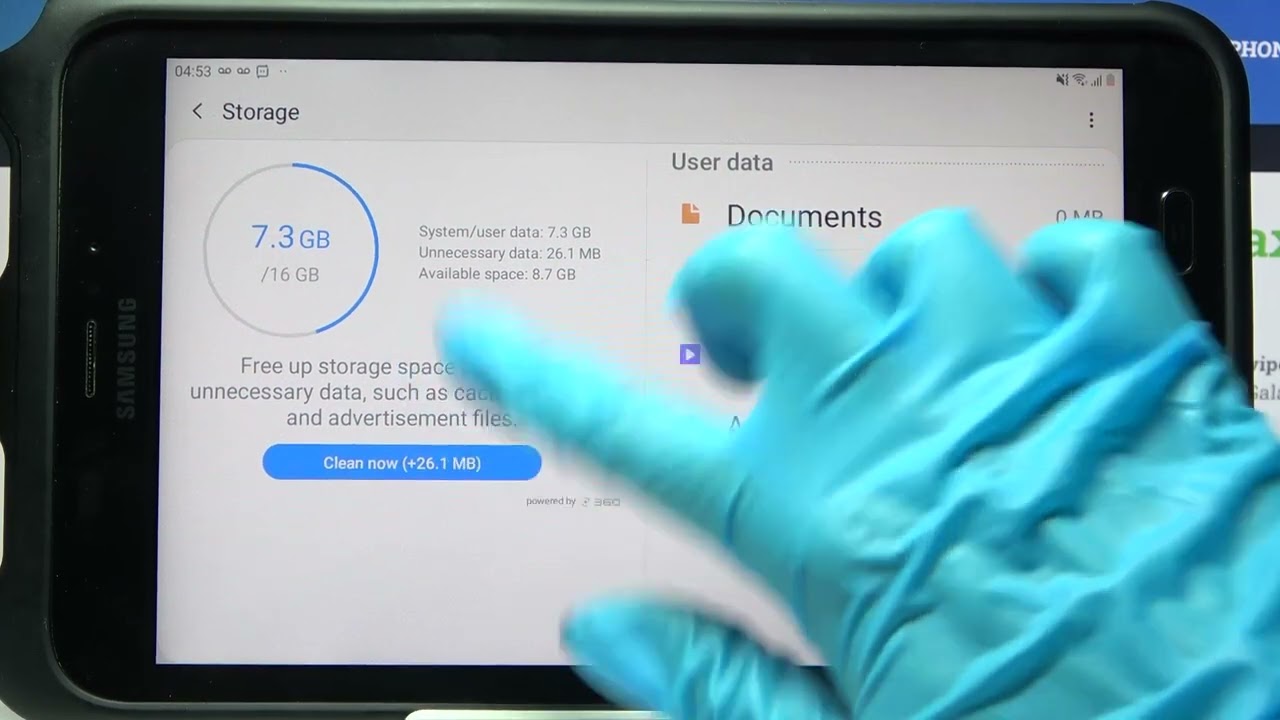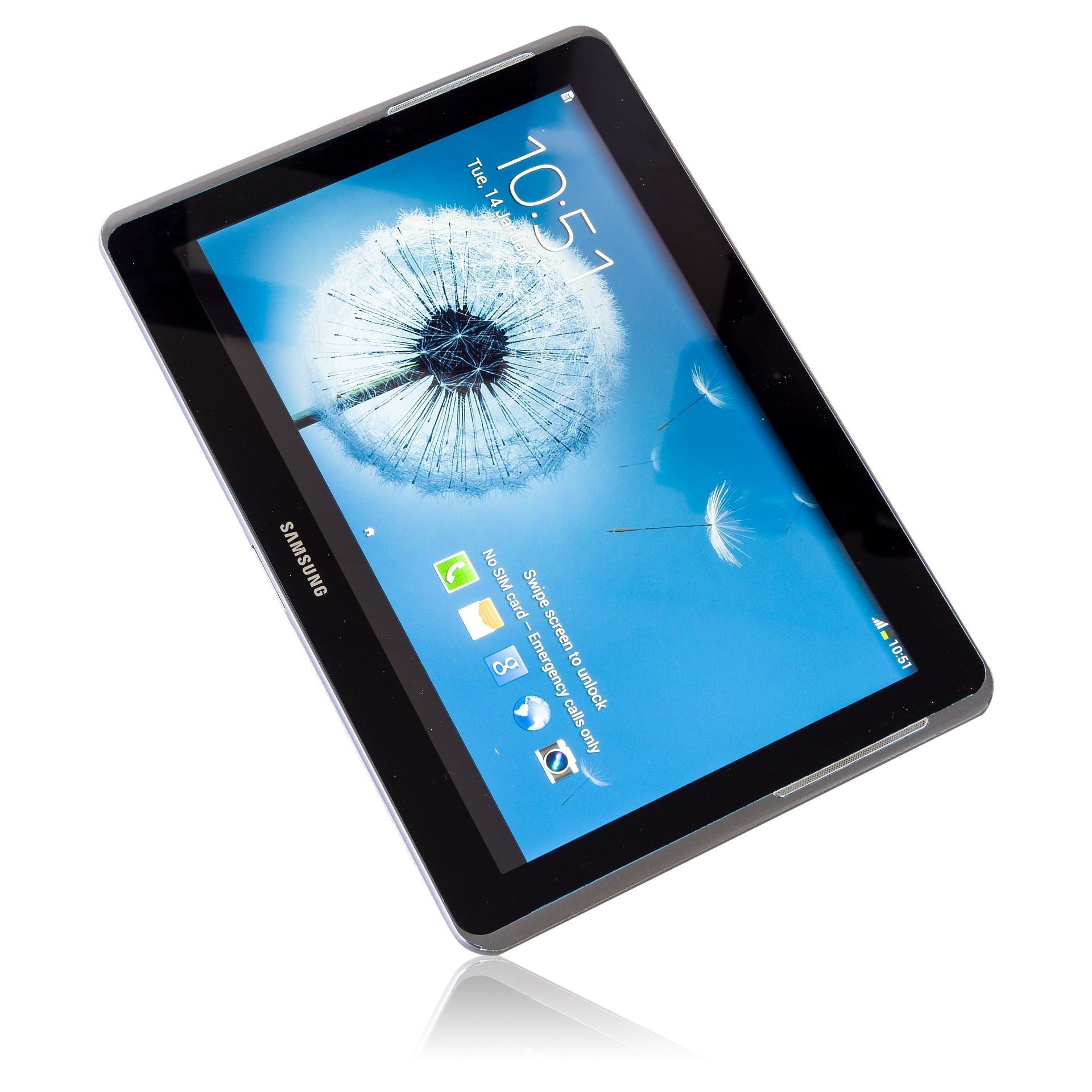Benefits of Resetting Your Samsung Tablet
Resetting your Samsung tablet can bring a multitude of benefits that can enhance its overall performance, resolve software issues, and improve your user experience. Let’s explore some of the key advantages of resetting your device.
- Improved Speed and Performance: Over time, your tablet may accumulate temporary files, cache, and unnecessary apps that can slow it down. By performing a reset, you can remove these files and free up valuable storage space, resulting in a faster and more responsive tablet.
- Resolved Software Glitches: If you have been experiencing frequent crashes, freezes, or unresponsive apps, a reset can help alleviate these issues. Resetting your tablet will remove any problematic software configurations or conflicts, allowing it to start fresh and potentially fix these glitches.
- Enhanced Battery Life: Battery drain is a common problem many tablet users face. Resetting your Samsung tablet can help optimize the battery performance by clearing any background processes, unnecessary apps, and system settings that may be consuming excessive power.
- Optimized Storage: Resetting your tablet gives you the opportunity to evaluate and organize your storage. You can reorganize your files, delete unused apps, and have a better understanding of how much space is available. This ensures you have enough storage for new apps, photos, and media files.
- Improved Security: If you are concerned about your personal data, performing a factory reset will wipe your tablet clean, removing all your personal information, accounts, and installed apps. This is particularly useful if you plan on selling or giving away your tablet, ensuring that no sensitive data falls into the wrong hands.
By resetting your Samsung tablet, you can enjoy the benefits of a fast, efficient, and optimized device. However, before proceeding with a reset, it’s important to back up any important files, contacts, or media to prevent loss of data. Additionally, consider updating your tablet’s software to the latest version after the reset to ensure you have access to the latest features and security patches.
Method 1: Soft Resetting your Samsung Tablet
If you are experiencing minor glitches or unresponsiveness on your Samsung tablet, a soft reset can often resolve these issues without deleting any of your data. Follow these simple steps to perform a soft reset:
- Step 1: Power Off – Press and hold the Power button until the Power Options menu appears on your screen.
- Step 2: Restart – Tap on the “Restart” option from the Power Options menu. This will initiate the soft reset process.
- Step 3: Wait – Allow your tablet to shut down completely and restart. This may take a few moments.
- Step 4: Test – Once the tablet has restarted, test to see if the issues you were experiencing have been resolved. If not, you may need to try alternative methods.
A soft reset is a simple and quick way to reset your Samsung tablet without losing any data. It essentially restarts the device, similar to restarting a computer, but can help resolve minor software glitches. Soft resetting is recommended as the first step if you encounter any minor issues with your tablet before considering more advanced options.
Method 2: Factory Resetting your Samsung Tablet
If you’re experiencing persistent software issues or want to erase all data on your Samsung tablet, a factory reset is the most comprehensive option. This process will restore your tablet to its original factory settings, deleting all data, apps, and personal settings. Please note that performing a factory reset will irreversibly delete everything on your tablet, so it’s crucial to back up any important files before proceeding. To perform a factory reset on your Samsung tablet, follow these steps:
- Step 1: Backup – Before initiating the factory reset process, ensure that you have backed up all important files, photos, videos, and contacts. You can use cloud storage services or connect your tablet to a computer to transfer the data.
- Step 2: Access Settings – From the home screen, swipe down from the top and tap the gear icon to access the Settings menu.
- Step 3: Find Reset Options – In the Settings menu, scroll down and tap on “General management” or “System,” then locate and tap on “Reset” or “Factory data reset.”
- Step 4: Initiate Factory Reset – Depending on your device model, you may need to enter your screen lock pattern or PIN to proceed. Once prompted, tap “Factory data reset” or “Reset tablet” and confirm the action.
- Step 5: Wait – Your tablet will begin the factory reset process, which can take a few minutes. Make sure your tablet is connected to a power source to avoid any interruptions.
- Step 6: Set up – Once the reset is complete, the tablet will reboot and prompt you to set it up like a new device. Follow the on-screen instructions to configure your tablet, including language, Wi-Fi connectivity, and Google account settings.
A factory reset can be a powerful solution to fix persistent software issues or prepare your tablet for a fresh start. However, ensure that you have backed up all important data before proceeding, as it will be permanently deleted during the process. Factory resetting your Samsung tablet should be considered as a last resort when all other troubleshooting methods have been unsuccessful.
Method 3: Using the Find My Mobile Service to Reset your Samsung Tablet
If you’ve lost your Samsung tablet or it has been stolen, you can utilize the Find My Mobile service provided by Samsung to remotely reset your device. This feature allows you to erase all data on your tablet and restore it to its factory settings. To use the Find My Mobile service to reset your Samsung tablet, follow these steps:
- Step 1: Access Find My Mobile – On a computer or another device, open a web browser and go to the Find My Mobile website (findmymobile.samsung.com). Sign in with your Samsung account credentials.
- Step 2: Locate your Tablet – Once logged in, the Find My Mobile service will attempt to locate your tablet. If it is successfully located, its current position will be displayed on the screen.
- Step 3: Perform a Remote Reset – In the Find My Mobile interface, look for the “Erase data” or “Factory reset” option. Click on it to initiate the remote reset process.
- Step 4: Confirm the Reset – A warning message will appear, informing you that all data on your tablet will be deleted. Confirm the action by clicking on “Erase” or “Factory reset.”
- Step 5: Wait – The Find My Mobile service will send the reset command to your tablet. Wait for the process to complete, which may take a few minutes.
- Step 6: Check the Status – Once the reset is complete, the Find My Mobile interface will display the reset status of your tablet.
Using the Find My Mobile service to reset your Samsung tablet can help protect your data and ensure that it doesn’t fall into the wrong hands. It is an effective method if your tablet is lost or stolen and you want to prevent unauthorized access to your personal information. Remember to report the theft or loss of your tablet to the relevant authorities and your network provider. Additionally, it’s essential to change the passwords and access credentials for any accounts linked to your tablet to maintain your online security.
Method 4: Using Recovery Mode to Reset your Samsung Tablet
If you’re unable to access the settings menu on your Samsung tablet, you can use the Recovery Mode to perform a reset. Recovery Mode is a built-in feature that enables users to troubleshoot and perform advanced operations on their devices. Here’s how you can use Recovery Mode to reset your Samsung tablet:
- Step 1: Power Off – Ensure that your tablet is powered off completely.
- Step 2: Enter Recovery Mode – Press and hold a combination of buttons, typically the Power button and Volume Up or Volume Down button, depending on the model of your tablet. The specific button combination may vary, so refer to your tablet’s user manual or search online for the appropriate combination.
- Step 3: Navigate Recovery Mode – Once you enter Recovery Mode, use the volume buttons to navigate the menu options. Look for a “Factory reset” or “Wipe data/factory reset” option and select it using the power button. Confirm your selection if prompted.
- Step 4: Reset – The tablet will initiate the reset process. This process may take a few minutes, and you may see some progress indicators on the screen. Once the reset is complete, the tablet will reboot.
Using Recovery Mode to reset your Samsung tablet is a useful method when you cannot access the settings or the device is unresponsive. It allows you to perform a factory reset, which clears all data and settings, restoring your tablet to its original state. Keep in mind that this method should be used with caution, as it’s intended for advanced users and can potentially lead to data loss if not done correctly. If you’re unsure about using Recovery Mode, it’s advisable to seek assistance from a professional or contact Samsung support for guidance.
Method 5: Call Samsung Support for Assistance
If you’re facing challenges with resetting your Samsung tablet or need expert guidance, reaching out to Samsung support can be extremely helpful. Their dedicated customer support team is well-equipped to assist you in resolving any issues you may be experiencing. Follow these steps to contact Samsung support:
- Step 1: Gather Information – Before calling Samsung support, collect all relevant information about your tablet, including the model number, serial number, and details of the problem you are encountering. This will help facilitate the troubleshooting process.
- Step 2: Find the Support Contact Details – Visit the official Samsung website and navigate to the “Support” or “Contact Us” section. Look for the appropriate phone number or live chat option for technical support related to tablets.
- Step 3: Call or Connect – Dial the provided support phone number or click on the live chat option to connect with a Samsung support representative. Be prepared to provide the necessary information and describe the issue you’re facing in detail.
- Step 4: Follow Expert Guidance – The Samsung support representative will guide you through troubleshooting steps specific to your tablet model. They may be able to resolve the issue remotely or provide further instructions on how to proceed.
- Step 5: Note Down Solutions – During the conversation with the support representative, make sure to take notes of the solutions provided or any additional recommendations. This will help you reference the information later if needed.
Reaching out to Samsung support can provide you with expert assistance and guidance tailored to your specific tablet model. They have the knowledge and resources to help you troubleshoot complex issues or provide alternative methods of resetting your tablet if the previous methods have not been successful. If you are unsure about performing any reset or troubleshooting steps on your own, it’s always wise to consult with Samsung support for professional advice.
Tips to Keep in Mind when Resetting Your Samsung Tablet
When resetting your Samsung tablet, it’s important to consider a few tips to ensure a smooth and successful process. Taking these precautions will help prevent any potential issues and ensure that you maintain control over your data. Here are some tips to keep in mind:
- Backup Your Data: Before performing any kind of reset, it is crucial to back up all your important data, including contacts, photos, videos, and documents. This will help you restore your data once the reset is complete or prevent any loss of valuable information.
- Charge Your Tablet: Make sure your tablet has sufficient battery charge or is connected to a power source during the reset process. A sudden power loss during the reset can lead to incomplete or unsuccessful resets and potentially cause issues with your tablet.
- Remove External Storage: If your tablet has an external SD card, it’s advisable to remove it before initiating the reset. This will prevent any accidental deletion of files stored on the SD card and keep them safe.
- Double-Check Accounts: Make sure you have logged out of all accounts and services on your tablet before performing a reset. This includes accounts such as Google, Samsung, social media, and any other cloud storage or syncing services.
- Be Patient: The reset process may take some time, especially during factory resets. Avoid interrupting the process or restarting your tablet during the reset. Allow the tablet to complete the reset process at its own pace.
By following these tips, you can ensure a successful reset of your Samsung tablet while minimizing the risk of data loss or other potential issues. Remember to exercise caution and double-check your actions before proceeding with any reset procedures. If you have any doubts or concerns, consider seeking guidance from Samsung support or a trusted professional to assist you throughout the process.







